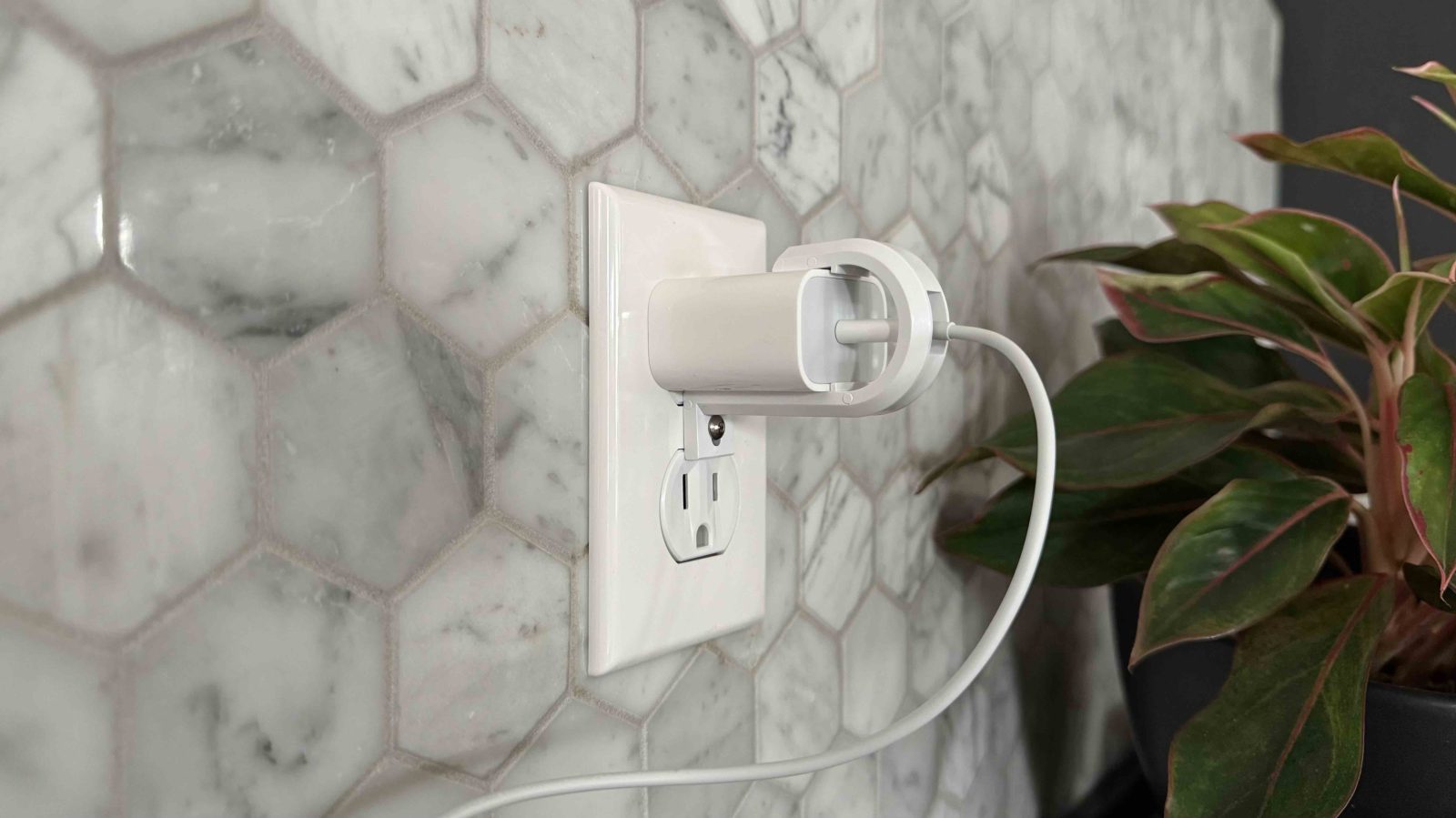
Ever wish you could bolt down your iPhone or iPad charger to an outlet so it doesn’t walk away? A neat little accessory lets you do just that, so we tested it out to see how it works. Read on for a hands-on look at the Lock Socket for iPhone and iPad chargers.
Whether you want to keep iPhone or iPad chargers in one place in your home, dorm, at work, or somewhere else, Lock Socket offers peace of mind that it should stay where you left it.
Lock Socket offers its Pro model for Apple’s 20 W USB-C Charger while also making versions for Apple’s old 5 W and 12 W power bricks, standard three-prong plugs, and more.
Review: How Lock Socket helps you stop losing iPhone chargers
Design
With each Lock Socket, you get the plastic “lock,” two Allen head screws (different lengths), and the matching 2 mm Allen key. The main portion uses sturdy (non-flexible) plastic that would make it difficult to break with bare hands.
As you’ve probably already deduced, this isn’t a true locking solution, but the likelihood of people having a 2 mm Allen key on them is probably slim. Lock Socket offers enough hassle that most people will probably not bother trying to break the charger free.
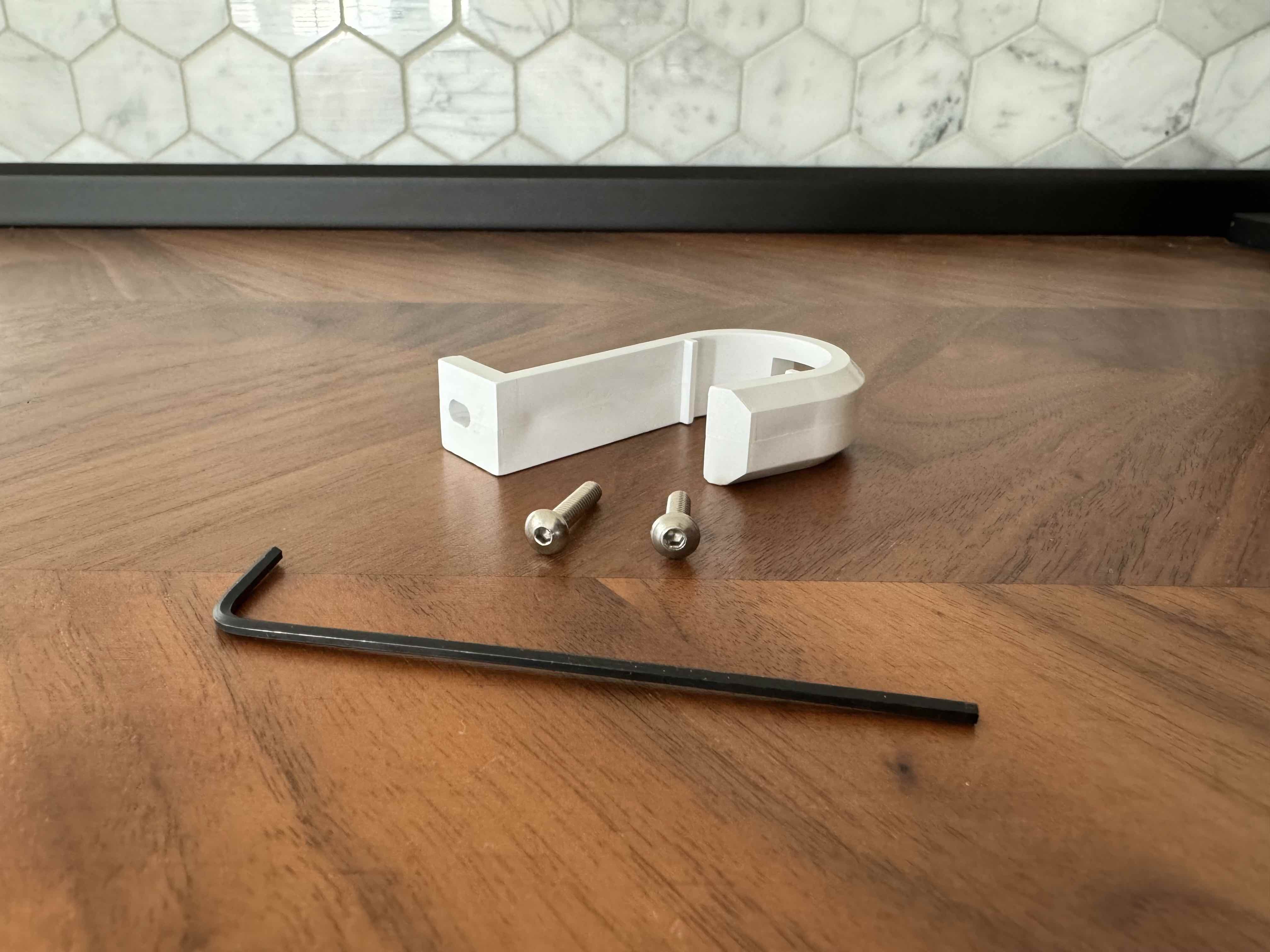
One more note on the design. Lock Sockets work with both standard duplex outlets with the cover plate screw hole in the middle or newer Decora style (rectangular outlets) that use cover plate screw holes on top and bottom.
But if you have screwless cover plates, as shown below, you’ll have to swap it out for a cover plate with visible screw holes.
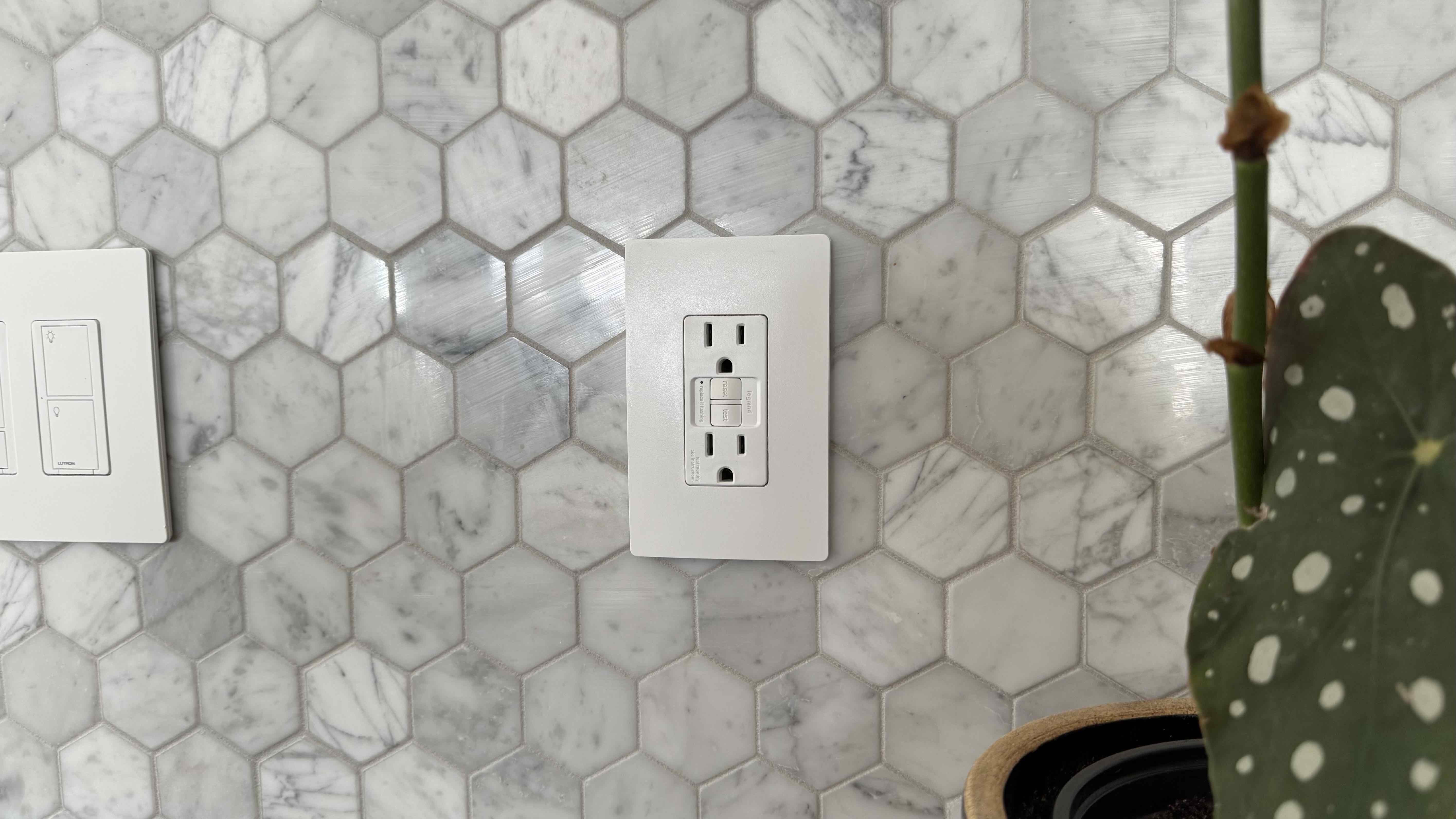
Lock Socket in-use
I tested the Lock Socket Pro for the Apple 20 W iPhone and iPad charger with a traditional-style duplex outlet.
It’s super easy to install. You just put the USB-C end of your cable through the rectangular hole, plug it into the brick on the other side, and then slide the brick up against the housing.
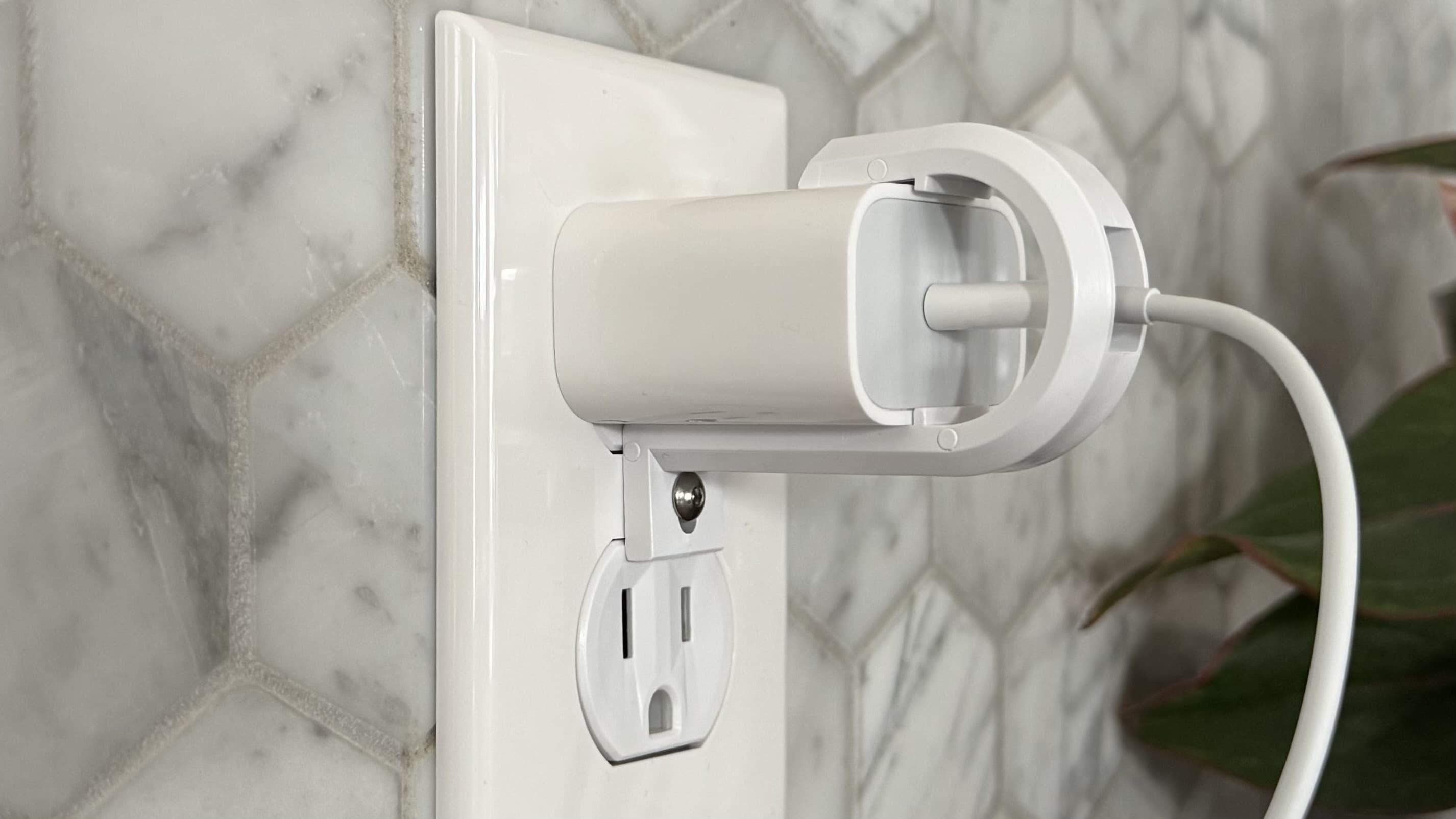
One thing I noticed is that because it’s a snug fit, you need to lift on the short open end of the plastic with a bit of force to get the brick to pop in.
Once installed, the power brick and cable are fixed securely in place – the cable hole opening is designed just right so that it can fit through only when turned 90 degrees. But when screwed in, the fit is so precise that you can’t unplug the cable from the charger, and you can’t unplug the charger from the outlet.
As shown above, a tiny bit of plastic encroaches on the plug below, but it doesn’t interfere with regular-size plugs, meaning you can use both.
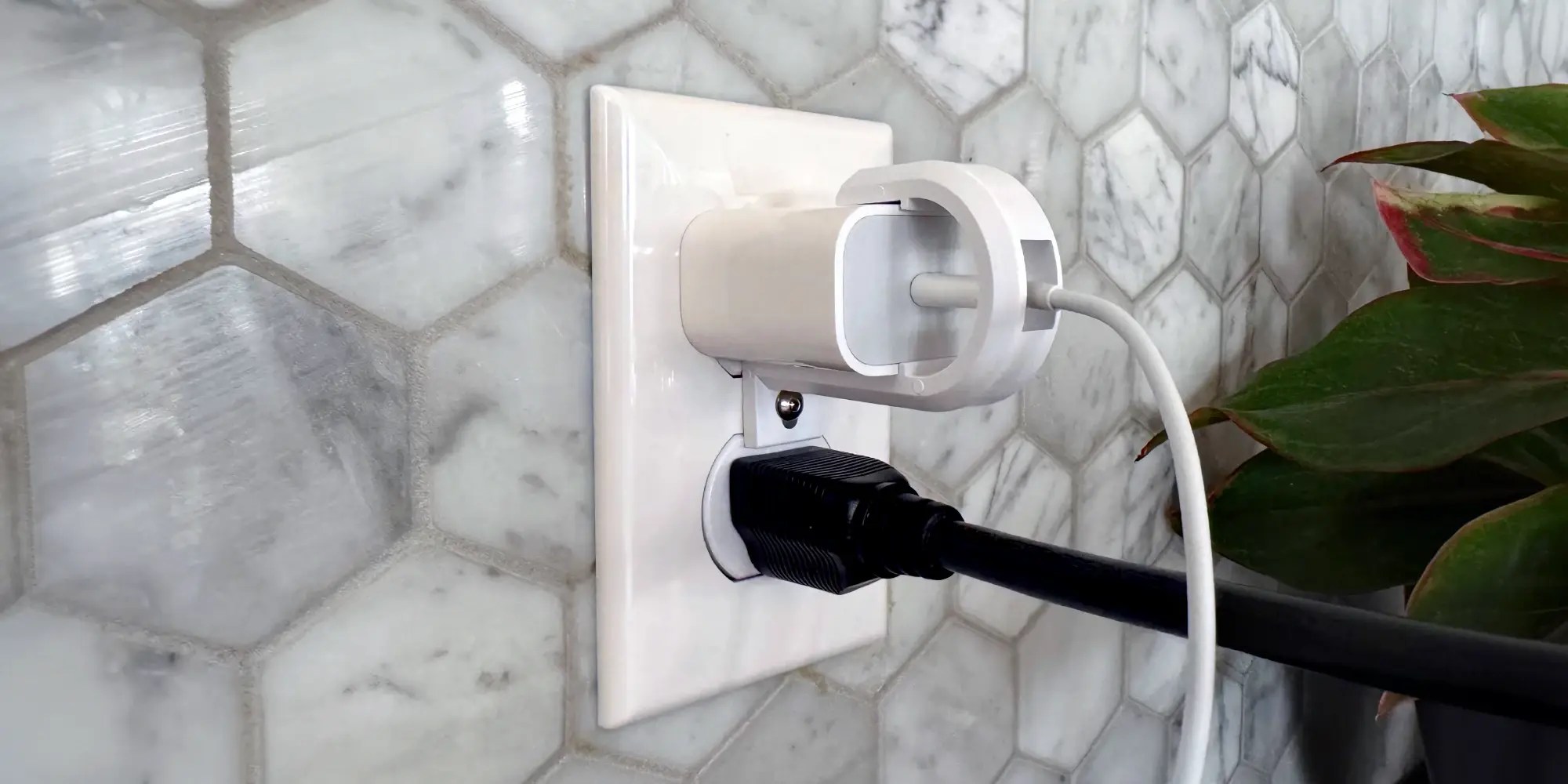
Judging from Lock Socket’s images, it looks like if you have Decora outlets with screw holes above/below, you should have more room for the second outlet:
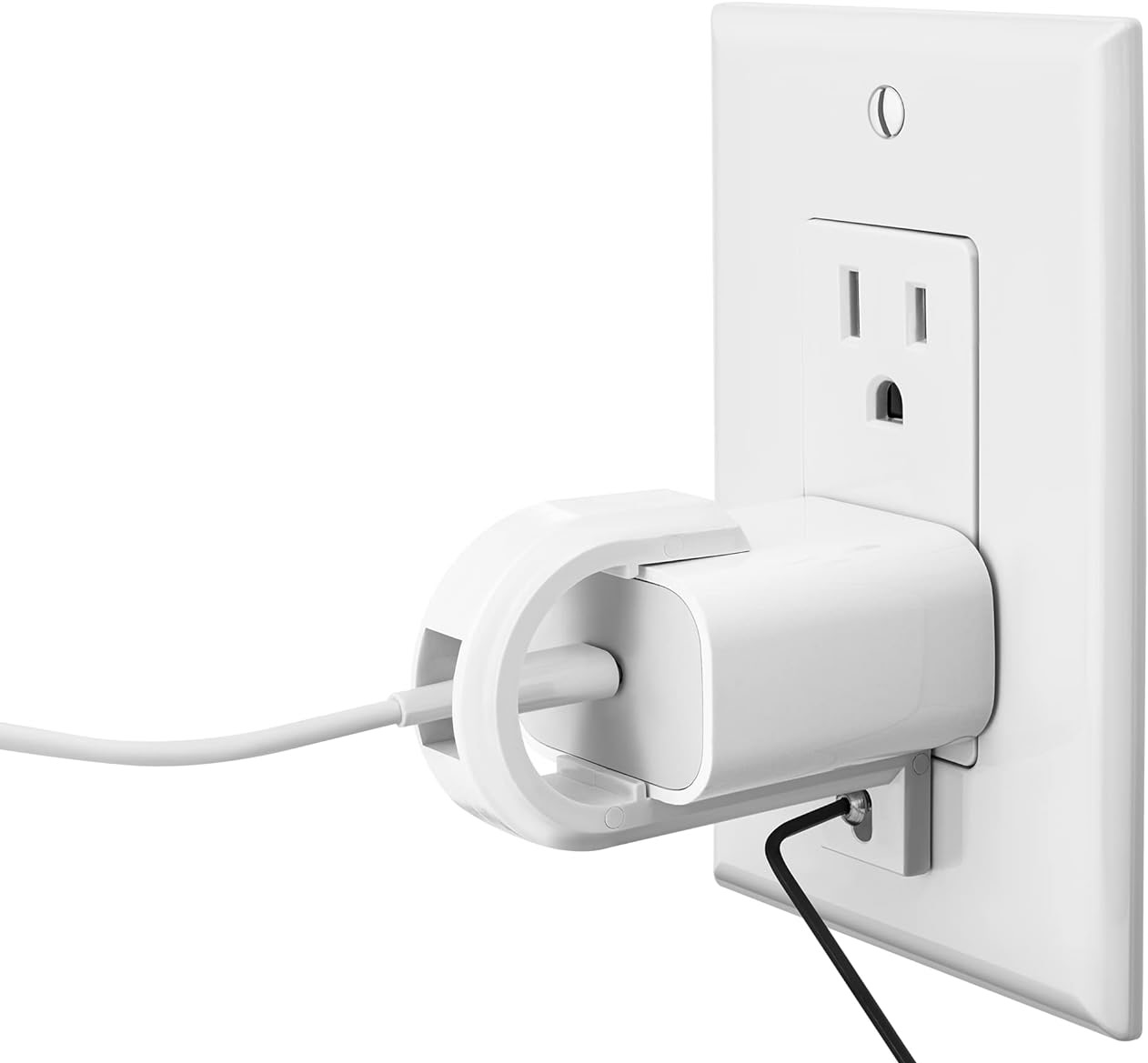
Constructive criticism
With traditional-style duplex outlets, the Lock Socket can only be used on the top outlet as the screw hole in the middle doesn’t line up if you put it in the bottom outlet. That’s not a big deal but is good to know.
For Decora outlets, it looks like you can choose to use the top or bottom outlet.
It would be nice to see Lock Socket use a more tamper-resistant solution like spanner screws. But those are also easy to grab and install yourself if you want to up the security.
Lock Socket for iPhone conclusion
After trying out Lock Socket, it feels like a great solution for anyone (or any company) who wants to secure iPhone and iPad chargers.
At $18, it may feel a bit pricey for a plastic build, but if it keeps just one cable and charger from going missing, it’s more than paid for itself. I think you’re paying more for the clever and simple engineering than anything.
As mentioned above, it isn’t guaranteed that someone couldn’t take your charger, but they’d either need to saw through or break the Lock Socket or have a 2 mm Allen key handy.
You can grab Lock Socket Pro for Apple’s 20 W USB-C Charger at Amazon, along with a variety of other models.
Lock Socket also does bulk pricing for health facilities, stadiums, and other large venues.
FTC: We use income earning auto affiliate links. More.







Comments